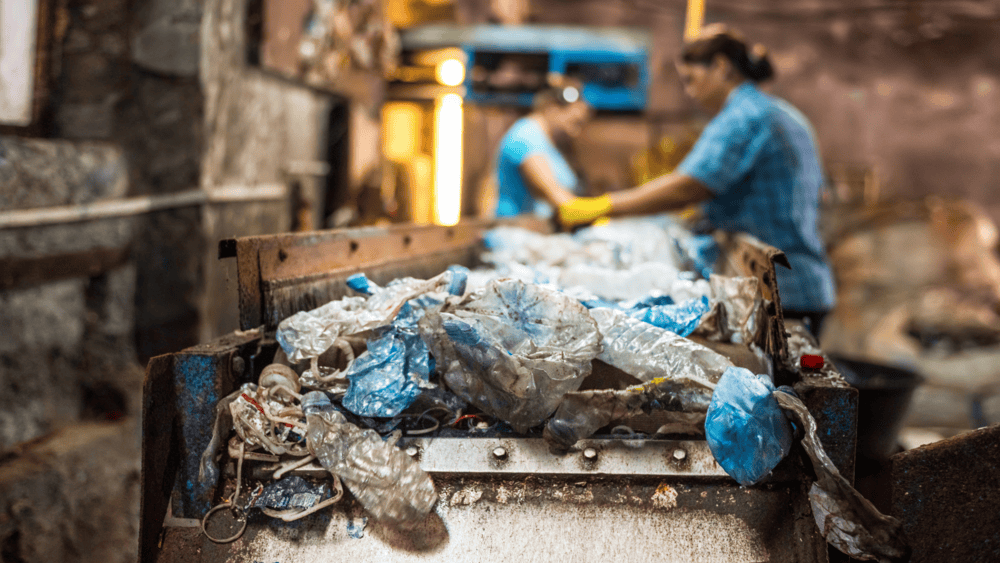The Water Sector: The source of Life – conserve to preserve
There are 2 inescapable things to consider when it comes to drinking water. Firstly, there is not too much on this planet. Only 3% of earth’s water is sweet water and only 1.2% can be used as drinking water. Secondly drinking water is not always available where it is needed. This should be a strong motivation to manage this resource most efficiently.
The relative scarcity of water in a growing world population holds the potential for conflict. Egypt Sudan and Ethiopia for example have strenuous relationships over the sharing of the Nile water.
Why is it then that we are so careless with water? According to the statistics quoted in the WOW report, our average losses in municipal systems stands at around 35%, compared to a global best practice of 15%; and why is it that many water treatment facilities particularly in the Free State are neglected and dilapidated, so much so that several towns in that province don’t have potable water at all in their houses?
The implementation of a “demand management” strategy for this scarce resource is laudable. However the inadequate maintenance, upgrade and management of treatment plants and sewage effluent had a negative impact, putting public health at risk. This neglect has caused the Vaal River, which used to have potable water to be heavily polluted to an extent that even swimming in it is ill-advised!
To get more water, South Africa signed a treaty with Lesotho in 1986 to divert water from Lesotho into the Vaal river catchment. The treaty planned 4 phases of dam building and diversions up to 2020 to augment water supply to Gauteng.
The table below outlines phases and the quantity of water planned to be delivered by each phase. (The information and numbers may differ depending on the source):
| Ready to supply water to SA: Phase | 1A | 1B | 2 | 3 | Total |
| Planned date | 1995 | 2002 | 2010 | 2017 | |
| Revised date | 2019 | ||||
| Actual/Prospective date | 1998 | 2003 | 2027 | Not available | |
| Capacity Mm3pa (AfDB) | 490 | 290 | 480 | 940 | 2200 |
In 2000, about the year of the 1st augmentation (Phase 1A), Gauteng population was 8.84 million. By 2010 the population had grown to 12.27 million, an increase of almost 40%, which would have been met in terms of water needs with Phases 1A, 1B and 2. Phase 2 is now planned to only deliver water by 2027. By then the Gauteng population is expected to exceed 17 million. As matters stand, according to a Department of Water Affairs and Forestry’s (DWAF) without better management, demand will outstrip supply by 2025-2030.
In the next table we have 1) original, 2) updated cost estimates of same and 3) today’s actual costs and present day estimate for Phase 2. The last row reflects cost effectiveness measured in cost per 1Mm3pa of water delivered
| Phases | 1A | 1B | 2 | 3 | Total |
| Original budget in ZAR Billion | 9.08 | 11.38 | 7.33 | 39.96 | 67.75 |
| In value today (inflation adjusted) | 37.43 | 29.53 | 12.52 | 47.22 | 126.70 |
| Actual/Anticipated Cost (EIB-PMG-AfDB) ZARb | 9.80 | 6.50 | 32.56 | To be determined | |
| Cost of water (ZAR million per 1 Mm3pa delivered) | 20.00 | 22.41 | 67.83 |
Three things stand out
- Phase 1A came in just over budget and included the transfer and delivery tunnels.
- There was a saving on the Phase 1B budget.
- Phase 2 is now exceptionally expensive due to the 17-year delay. The original budget was for R 12.52 billion yet the current estimates (Source AfDB) amount to R32.56 billion.
The Phase 2 cost of water delivered will be 3 times more than the previous phases. Perhaps a fundamental reset is needed to achieve better results for value creation to the South African economy and its Gauteng residents
Contact us to access WOW's quality research on African industries and business
Contact UsRelated Articles
BlogCountries South AfricaWater supply sewerage waste management and remediation activities
South Africa’s Solid Waste Crisis: Challenges and Opportunities
Contents [hide] Most of the approximately 125 million tonnes of solid waste generated in South Africa annually ends up in landfill sites. This should be of concern to all the...
BlogCountries South AfricaWater supply sewerage waste management and remediation activities
Is South Africa’s water system still in crisis mode in 2024?
Contents [hide] South Africa has a water crisis that will continue for the next five years or longer if remedial measures planned are not fast-tracked and implemented timeously. Water availability...
BlogCountries Agriculture forestry and fishingElectricity gas steam and air conditioning supplySouth AfricaWater supply sewerage waste management and remediation activities
The Impact of Load shedding on Agriculture in South Africa
Food security is one of the strategic inputs and essential elements of policy development and on the first level on Maslow’s hierarchy of needs. Agribusiness is big business for governments...





